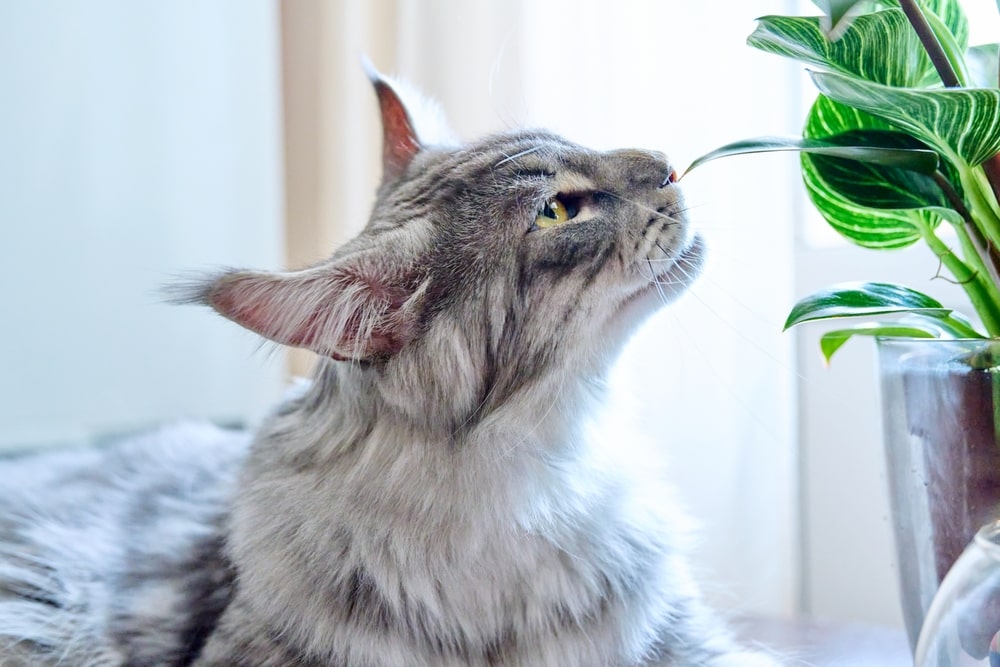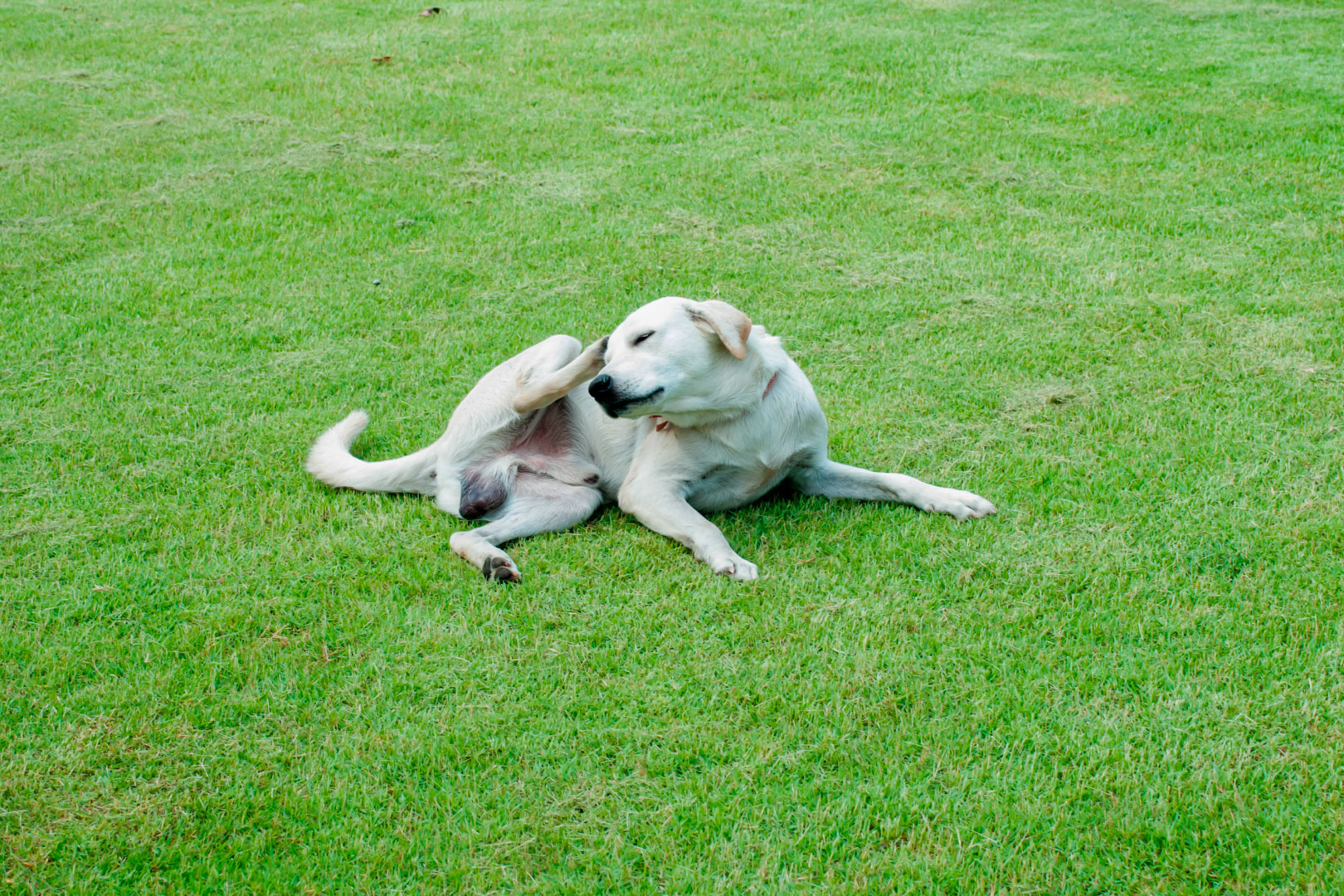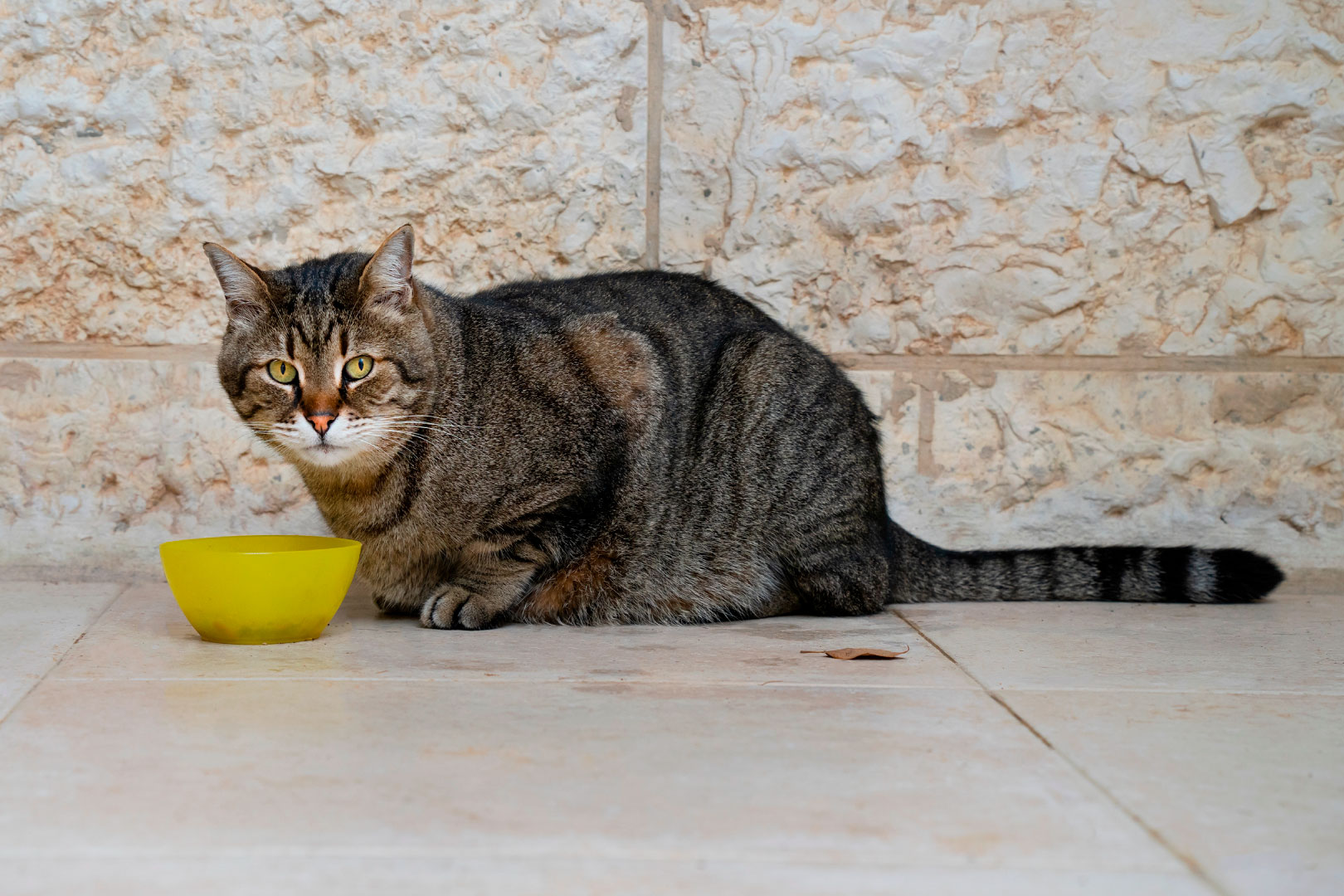That’s why, when choosing indoor plants, it’s not enough to think about aesthetics or ease of care—you also need to consider safety. Fortunately, there’s a fairly long list of beautiful plants that will not only brighten up your home, but are also completely safe for cats.
One of the most common and beloved houseplants is the spider plant (Chlorophytum comosum). Not only is it resilient and easy to care for, but cats seem to love it too—they often play with its long, dangling leaves with no harmful consequences. Some cat owners even joke that once it’s in the right spot, the spider plant turns into “cat grass.”
Another great option is the parlor palm (Chamaedorea elegans). This plant brings a tropical feel into any room and thrives in low-light conditions, making it ideal for apartments with limited sunlight. Most importantly—it’s completely harmless to curious paws.
Areca palm and prayer plant (Maranta) are also safe choices. The prayer plant, with its striking patterned leaves that fold at night, adds a touch of drama to your space. And if your cat happens to nibble on it—no harm done. For those who enjoy succulents, haworthia is a popular, non-toxic alternative to more dangerous varieties like aloe.
Of course, many cat owners love classic houseplants like peperomia or calathea, which are both pet-safe, visually appealing, and relatively low-maintenance. While you can’t always stop your cat from taking the occasional bite, at least you know these plants won’t cause them any serious harm.
That said, even “safe” plants can cause mild stomach upset if overconsumed, so it’s still a good idea to keep pots slightly out of reach—if such a thing is even possible with cats.
As an extra tip, you might consider growing cat grass, a plant specially grown for feline snacking. It satisfies their natural urge to chew and can help keep them away from your decorative greenery.
In the end, choosing houseplants when you have a cat doesn’t have to be a compromise. You can have a healthy, green indoor oasis and a happy, safe cat—just with a bit of planning and the right choices. And when you see your cat peacefully curled up under a non-toxic plant, you’ll know you’ve created the perfect balance—both beautiful and responsible.



